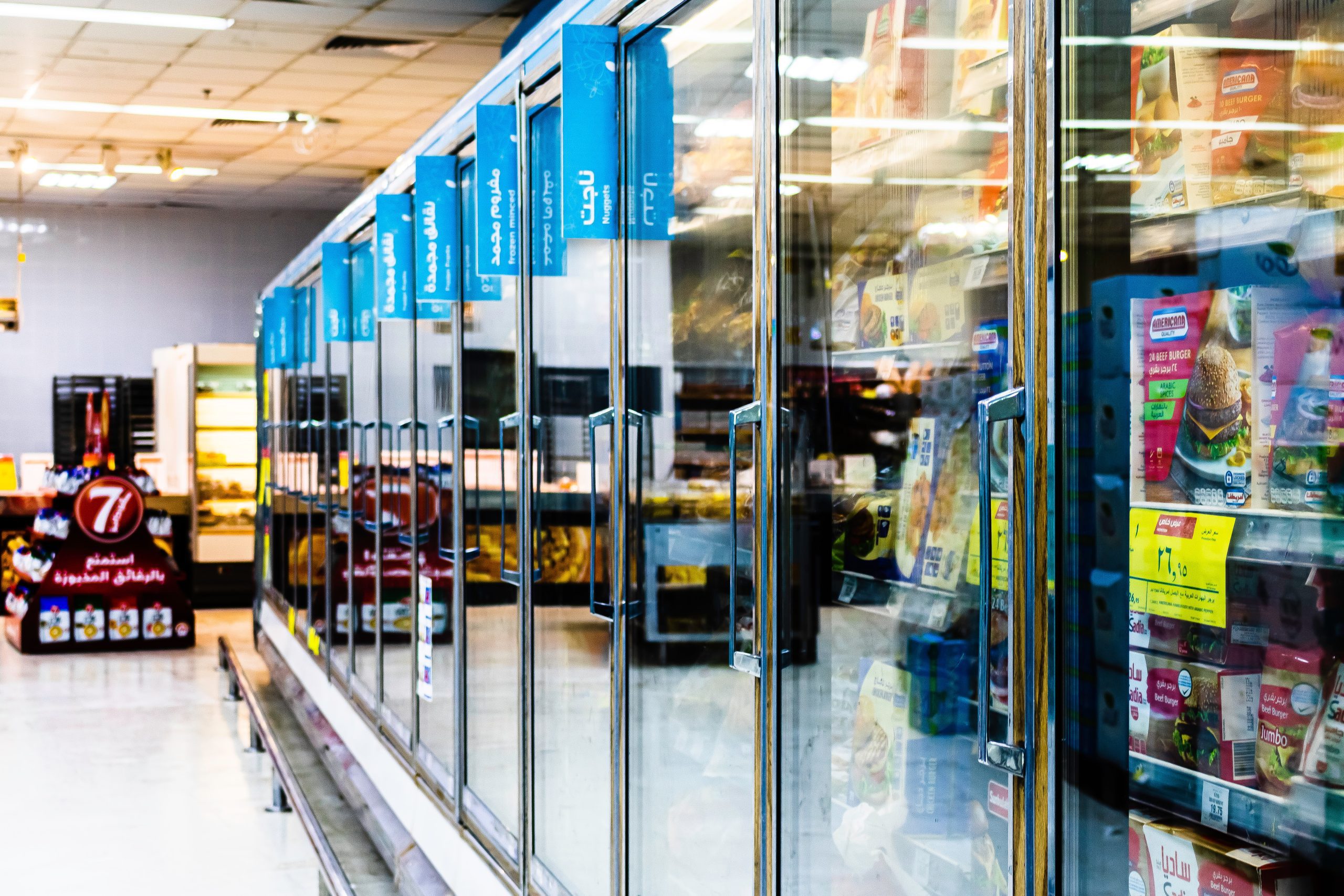Before temperature-sensitive products hit the shelves, they undergo a complicated logistical process that ensures the proper storage, handling, and transporting of these goods. Doing so can especially be a challenge where many things can go wrong in the cold chain. From malfunctioning equipment to severe weather conditions, there are many hurdles that a product has to undergo before it reaches the consumer. The solution to all of these is cold chain management. But before anything else, let’s briefly define it.
What Is Cold Chain Management?
Cold chain management is the management of the logistical process involved in transporting temperature-sensitive goods throughout the whole supply chain. From the dispatching of goods to the receiving of them in another warehouse to the display on shelves, cold chain management ensures that these products are stored in the proper conditions. Products that require proper cold chain management include produce, frozen foods, and pharmaceuticals.
Without cold chain management, food products will end up getting spoiled and drugs will no longer be efficacious. These can pose significant harm to consumers. Hence, it’s crucial that good cold chain management practices are followed.
What Are the Best Cold Chain Management Practices?
Following good cold chain management practices ensures that your products meet quality standards and are safe for use or consumption. Here are some of the practices that you should take note of:
Strictly Define Your Storage Requirements
Different products require different storage requirements. What may be cool for a product may actually be warm for another one, and vice-versa. Hence, for manufacturers of these products, it’s vital to conduct stability studies for products such as food and drugs to identify your minimum and maximum temperature requirements. These studies are conducted to determine a product’s shelf-life, provided that the storage requirements are followed. Additionally, choosing the right packaging materials plays a huge role in maintaining the storage requirements throughout the logistical process. While these are determined in the product development process, manufacturers must strictly follow the proper storage requirements for the finished products before dispatching.
Meanwhile, suppliers in the logistical process must be aware of a product’s storage requirements and maintain them across the cold chain. That way, we avoid substandard products from reaching the market.
Allow Trained Personnel to Handle Your Products
Cold chain management must only be handled by trained personnel. Leaving products in the hands of untrained staff can cause issues in the cold chain, such as the failure of a product to meet its technical specifications due to improper storage requirements. For example, in the highly regulated pharmaceutical industry, only pharmacists are allowed to handle pharmaceutical products – that includes ensuring the proper storage and distribution of them.
Moreover, training the relevant personnel on Good Storage Practices (GSP) and Good Distribution Practices (GDP) ensures that the authorized personnel follow the best practices on cold chain management.
Documentation Is Key
At the heart of a cold chain management system lies a strong foundation of documentation. As they say, if it’s not documented, it didn’t happen. For example, a warehouse must have the relevant documents for temperature and environment monitoring to ensure that the storage conditions are followed. Documents allow for easier traceability when any issue in the cold chain arises.
Included here is creating the relevant standard operating procedures (SOPs). These are documents that contain specific instructions on how to carry out an operation – even including the responsible personnel involved and the equipment needed to perform a task. Protocols must be established for the storage, handling, and transporting of these goods.
Create a Risk Management Plan and Contingency Plan
What can go wrong will go wrong. If you haven’t established a risk management plan, chances are that quality issues may arise in the future. A risk management plan starts with identification, followed by risk assessment, then mitigation and monitoring activities. To identify the severity, likelihood, and occurrence of a specific risk, you’ll have to follow a risk matrix to quantitatively measure these risks. Once your calculations are done, you could carry out the necessary actions to prevent these from escalating.
Always, always have a contingency plan. Equipment failures are common and failing to have back-ups can have serious consequences. Without a backup plan, you might encounter financial losses when your products are no longer usable.
Comply With Local and International Regulations
In the ever-changing regulatory landscape, it’s wise to be aware of new cold chain management guidelines. This is particularly true for the healthcare industry. The Food and Drug Administration regularly releases new guidelines for cold chain management, so it’s vital to be kept up to speed with these. To ensure that these guidelines and practices are being followed, conducting internal audits and inspections is essential. If these results are non-compliant with regulatory guidelines, then the necessary actions must be done to correct them.
In Conclusion
Defining the storage requirements, training authorized personnel, crafting the necessary documents, and complying with local and international regulations – these are all good cold chain management practices that every stakeholder must follow. In a process where many things can go wrong, it is in every organization’s best interest to follow the best practices. This ensures that consumers only receive the best from you.

 CAMPUS 550
CAMPUS 550
 IMPACT
IMPACT
 PROGRAMS AND EVENTS
PROGRAMS AND EVENTS
 CURRENT MEMBERS
CURRENT MEMBERS
 ABOUT
ABOUT
 NEW MEMBERS
NEW MEMBERS
 NEWARK NEXUS
NEWARK NEXUS
 PRESS
PRESS
 CONTACT
CONTACT







